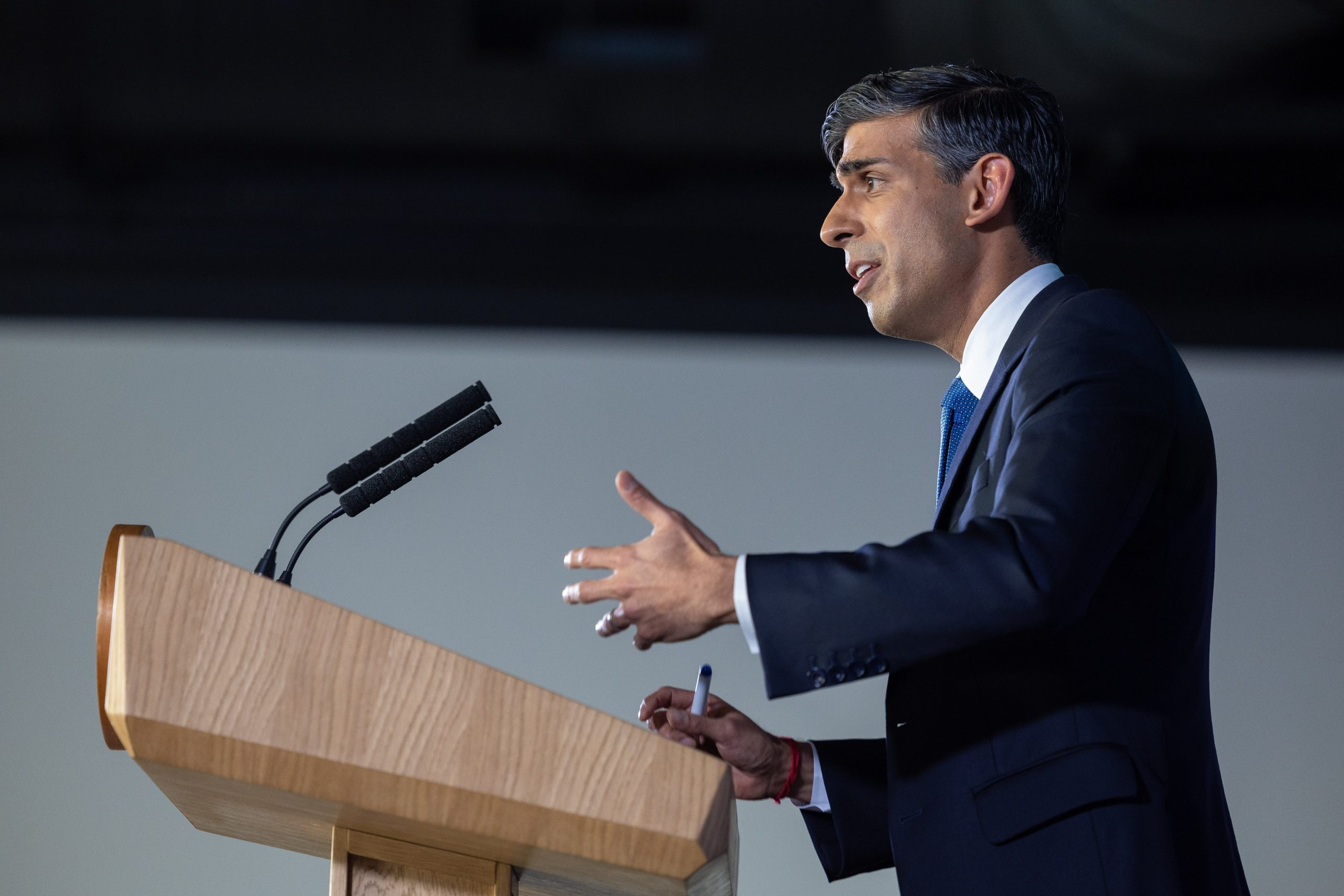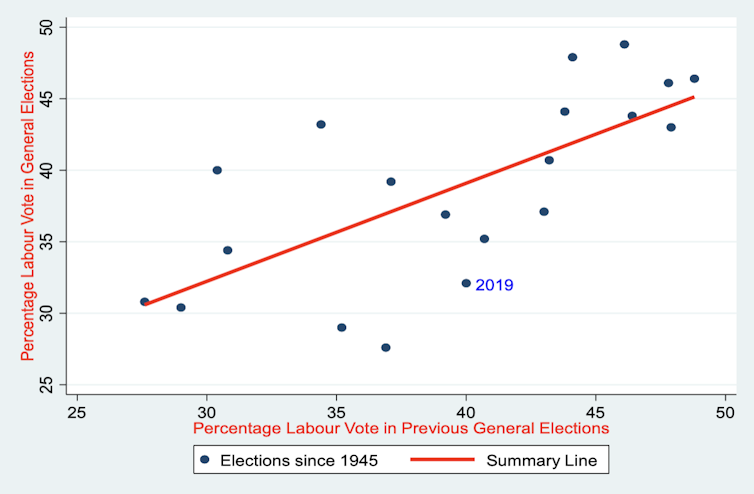
Counting continues, but Rishi Sunak will no doubt be wondering if a new low is about to be hit. (File Photo: @RishiSunak/Twitter)
The local elections which took place on May 2 have provided an unusually rich set of results to pore over. Around 2,600 seats were up for election on 107 councils across the country. There were elections for 37 police and crime commissioners, and for 11 local mayors. And much as the government would have preferred us not to notice, there was a parliamentary by-election in Blackpool South.
It will be a couple days before we have the full results, but the big picture so far is that the Conservatives have lost about half the council seats they have been defending. According to election analyst Sir John Curtice, they could lose 500 seats by the time counting is finished over the weekend.
The party will, however, welcome the victory of their candidate, Ben Houchen, in the Tees Valley mayoral contest. He ran a campaign which focused on his achievements and played down his Conservative affiliations. But even that contest provides a mixed picture for the party, particularly given that Labour won control of Hartlepool council, one of the districts in the Tees Valley.
Labour has done well, gaining just over 40% of the council seats lost by the Conservatives. Labour won control of Thurrock in Essex, Redditch in Worcestershire and Rushmore in Hampshire in addition to Hartlepool. Redditch and Rushmore are both in the Conservative heartlands and so these wins have important implications for Labour support in the general election later this year.
That said, Labour lost control of Oldham council in Greater Manchester where independents did particularly well. The town has a high proportion of Muslim voters and it looks like many of them are deserting the party because of Keir Starmer’s position on Gaza.
A general election ahead
These results give us a good indication of what to expect in the general election expected this year. There is a lot of inertia in voting behaviour over time, with current general elections being strongly influenced both by voting in previous general elections and also by recent local elections. So when a local vote is as close to the general election as this, there’s a lot to be gleaned.
There is a strong relationship between the Labour vote share in the 20 general elections from 1950 to 2019, for example, and the Labour vote share in the election that came before each of these contests. Meanwhile, polls showed far greater volatility.
Labour vote shares in general elections:

One good election leads to another, and vice versa. P Whiteley, CC BY-ND
The chart shows that when Labour does well in a general election, it tends to do well in a subsequent election. The relationship also works in reverse since a poor result in one election is often followed by a poor result in the subsequent election.
The correlation between the two is very strong (0.70) over this period of nearly three-quarters of a century. The 2019 result marked in the chart shows how much of a mountain the party still needs to climb to win next time.
The best guide to the next general election from these contests is what happened in the Blackpool South byelection. Local elections are always influenced by national politics, but byelections are even more focused on the national picture.
In Blackpool South, the Conservative vote share fell by 32% compared to the 2019 election, while Labour’s share increased by 21%. This produced a huge swing to Labour of 26%.
The largest swing to Labour in the post-war period was in 1997 – a swing of 8.8%. Swings in byelections can be much larger, but we are nonetheless in meltdown territory as far as the Conservatives are concerned.
Meanwhile, it’s quite disturbing from the Tories’ point of view that the Reform candidate nearly pushed them into third place in Blackpool South. Reform received 3,101 votes or nearly 11% of the total. They were only 117 votes behind the Conservatives. Richard Tice, the Reform party leader, was very upbeat when he was interviewed on LBC about the contest, saying that it was the best byelection result the party had ever achieved.
This will have the Tories concerned about whether such a result can be improved on in the general election. Reform could become a serious rival to the Conservatives, particularly in the red wall seats, in the general election.
The local elections of 1996 were the worst for 50 years for the Conservatives. Back then, they took just under 19% of the seats. They were eclipsed by Labour with 49% and by the Liberal Democrats with 22%.
The following year, Tony Blair won a landslide victory in the general election. Counting continues, but Rishi Sunak will no doubt be wondering if a new low is about to be hit.![]()
Paul Whiteley, Professor, Department of Government, University of Essex
This article is republished from The Conversation under a Creative Commons license. Read the original article.





















